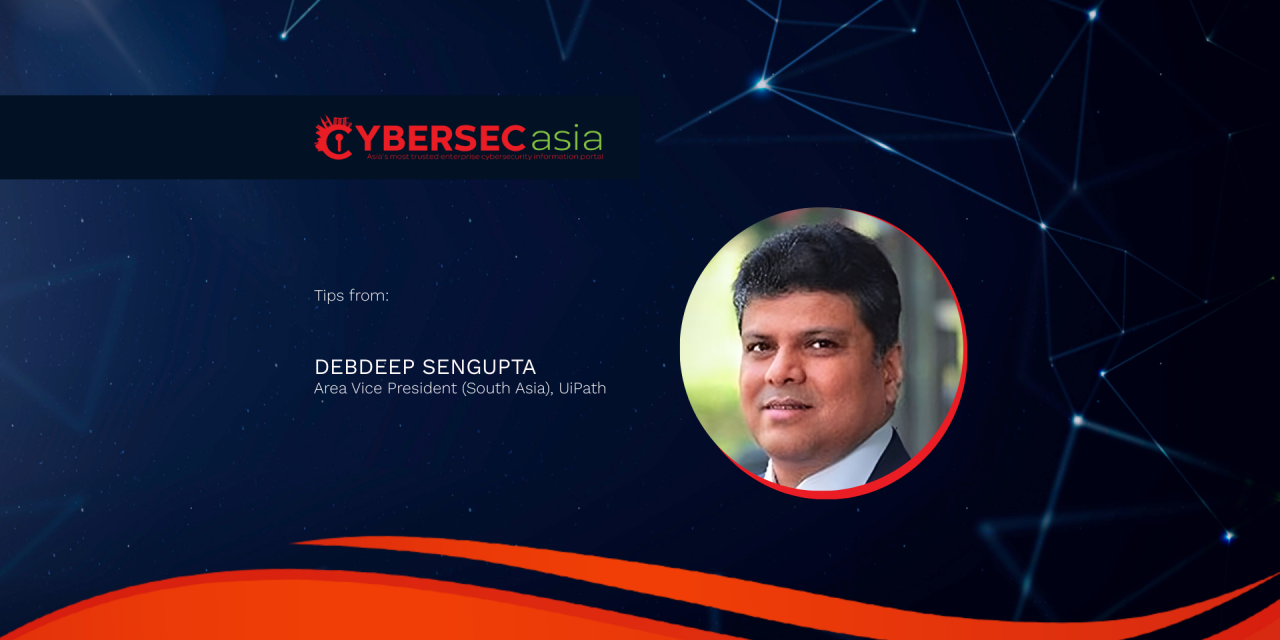Explore practical considerations for using emerging agentic AI to enhance AML and CTF compliance without increasing operational complexity or concomitant risks.
Financial institutions across South-east Asia face increasing regulatory scrutiny around anti-money laundering (AML) and counter-terrorism financing (CTF) controls. Many national regulators in the region are strengthening compliance requirements and enforcement, reflecting the global priority to manage financial crime risk effectively.
The heightened regional focus makes it more important than ever for firms to adopt automation strategies that support rigorous, efficient AML and CTF compliance without adding operational complexity. This is where a nascent development — agentic AI (an emerging form of autonomous AI) — is beginning to shift the landscape.
Agentic AI is designed to handle judgment-based tasks, navigate unstructured content, and support teams in the gray areas where traditional automation falls short. While agentic AI can help ease some pressures, and cannot replace human judgment, there are practical ways to apply it to manage compliance challenges. Here are five practical considerations for applying agentic AI effectively to compliance:
- Combine structured and unstructured task handling
Automation is well suited for rule-based, repetitive jobs such as reconciliations or transaction checks. More advanced tools now extend into unstructured work, including processing documents, reviewing emails, or validating claims data. This dual application allows compliance teams to process large volumes efficiently while still addressing nuanced information.
For example, in wealth management, AI agents can gather and analyze client data to personalize onboarding experiences, ensuring that portfolios, compliance documentation, and investment recommendations align with individual goals. In insurance, agents can dynamically process and validate broker licensing requirements, guide them through compliance steps, and tailor onboarding materials based on role or region. - Improve oversight through system coordination
Financial firms often rely on fragmented legacy systems. Rather than adding yet another platform, agents can be used to help coordinate processes across existing systems. This creates smoother information flow, reduces manual hand‑offs, and ensures compliance teams have a clearer, more timely view of potential risks. - Streamline high-friction compliance steps
Licensing, onboarding, and representative registration are classic bottlenecks. They demand repetitive checks against regulations and internal policies, which are prone to errors when handled manually. AI agents can take on tasks such as license lookups, documentation updates, and cross‑system validation, with exceptions escalated to human specialists.
- Keep human oversight central
No matter how advanced, agentic AI should not be viewed as a replacement for compliance officers. Humans remain critical for interpreting gray areas, exercising judgment, and ensuring that processes adhere to standards. Automation is most effective when it supports professionals by clearing routine burdens and providing timely insights. Also, note that agentic AI is an emerging, goal-directed AI but not yet fully autonomous.
Agentic AI represents a nascent form of AI that can plan, make decisions, and adapt to complex environments with limited human input. Unlike traditional AI agents that focus on specific, predefined tasks, agentic AI systems coordinate multi-step workflows, learn from feedback, and operate proactively toward goals. However, agentic AI does not yet equate to full-spectrum “autonomous AI”: it still often requires human oversight, defined enterprise rules, and guardrails.
True full autonomy, where AI handles all decisions and actions without human involvement, remains a longer-term vision, and is not widely deployed in most compliance contexts today. - Build for adaptability
Regulatory requirements evolve quickly, and compliance environments differ across jurisdictions. Designing automation with flexibility in mind helps institutions adapt without constant rework, while maintaining alignment with both internal policies and external regulatory expectations.
Integrating technology with human judgment
The future of financial services will increasingly rely on the collaboration between intelligent automation and human expertise. As risk, regulation, and customer expectations continue to evolve, success depends not only on adopting new technologies but on integrating them effectively with human judgment and oversight.
For financial institutions ready to embrace automation thoughtfully, this approach can fundamentally improve how they operate, deliver value, and manage compliance challenges over the long term.

















